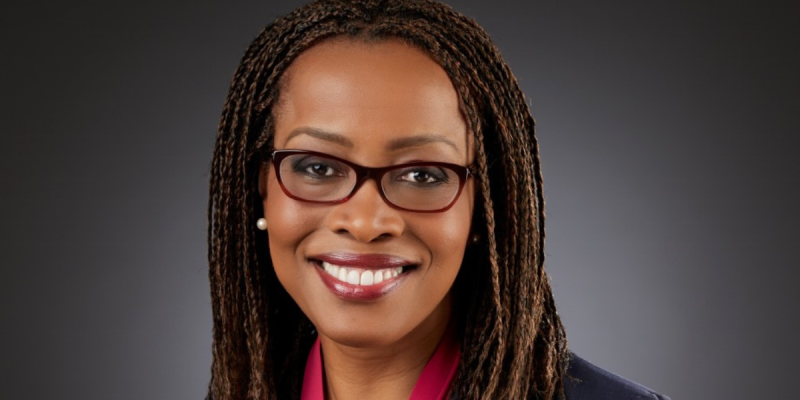(Clarifies in paragraph six that MCU stands for media control unit, not memory control unit.)
WASHINGTON (Reuters) – The U.S. National Highway Traffic Safety Administration (NHTSA) said on Monday it was expanding a probe into nearly 159,000 Tesla Model S and Model X vehicles, upgrading it to an engineering analysis, a step required before it can seek to compel recalls.
The auto safety regulator had opened a preliminary evaluation in June over touchscreen failures. NHTSA said the failure can result in the loss of rear-camera image display when in reverse and reduced rear visibility when backing up, and can impact defogging ability, and audible chimes relating to driver assistance system Autopilot and turn signals.
Tesla did not immediately respond to a request for comment.
The probe now covers 2012-2018 model year Tesla Model S and 2016-2018 Model X vehicles. The preliminary investigation covered 63,000 Tesla Model S cars.
NHTSA said the failure does not affect vehicle-control systems.
The media control unit (MCU) uses an Nvidia Corp Tegra 3 processor, NHTSA said.
The flash devices have a finite lifespan based on the number of programs or erase cycles, NHTSA said.
Some complaints said failures could result in loss of charging ability and that other safety alerts could be impacted. One driver said he could not clear fogged windows because he could not change climate controls.
In total, NHTSA said it has reviewed 12,523 claims and complaints about the issue, which would impact roughly 8% of the vehicles under investigation.
Tesla said it has received 2,399 complaints and field reports, 7,777 warranty claims, and 4,746 non-warranty claims related to MCU replacements.
Many complaints said Tesla requires owners to pay to replace the unit once warranties expire.
NHTSA said the data showed “failure rates over 30% in certain build months and accelerating failure trends after 3 to 4 years-in-service.”
Tesla has implemented over-the-air updates “to mitigate the effects of MCU failure,” NHTSA said, including changes to reduce memory usage of the subject memory card, improving storage management strategies, and changing the control logic for turn signal activation.
(Reporting by David Shepardson; Editing by Leslie Adler and Aurora Ellis)
























